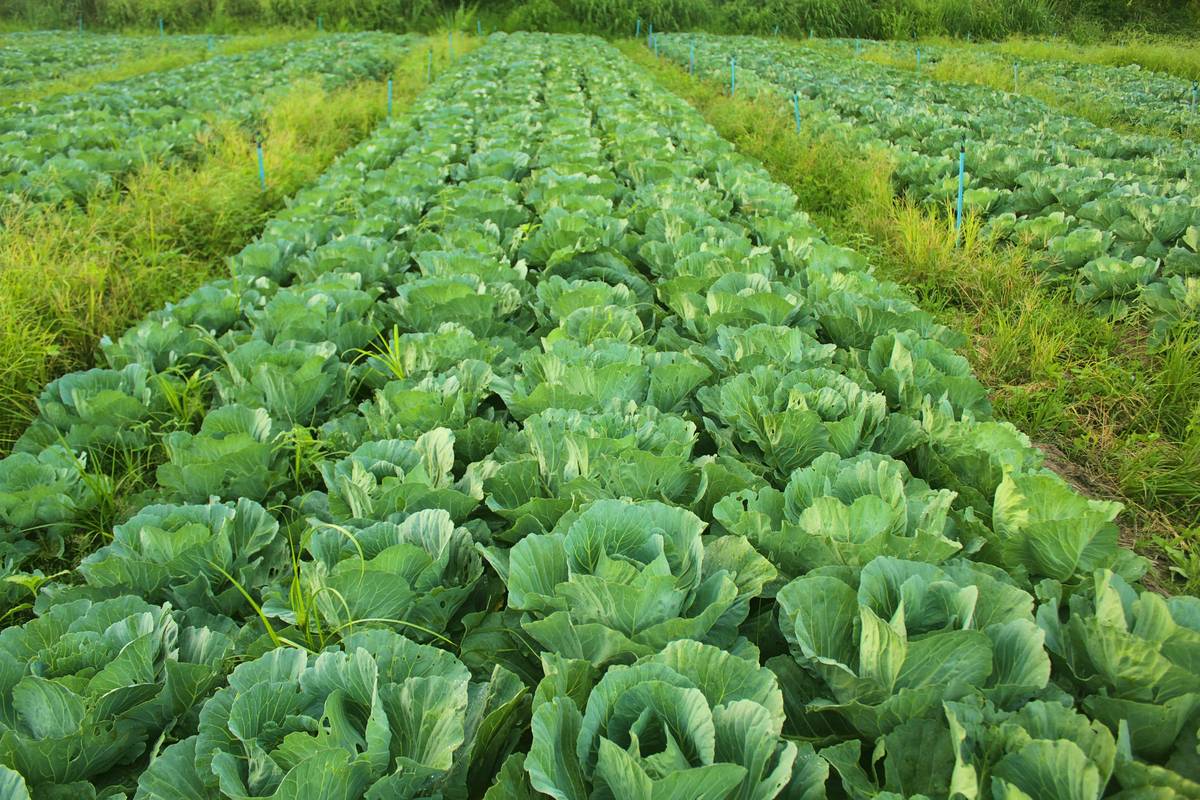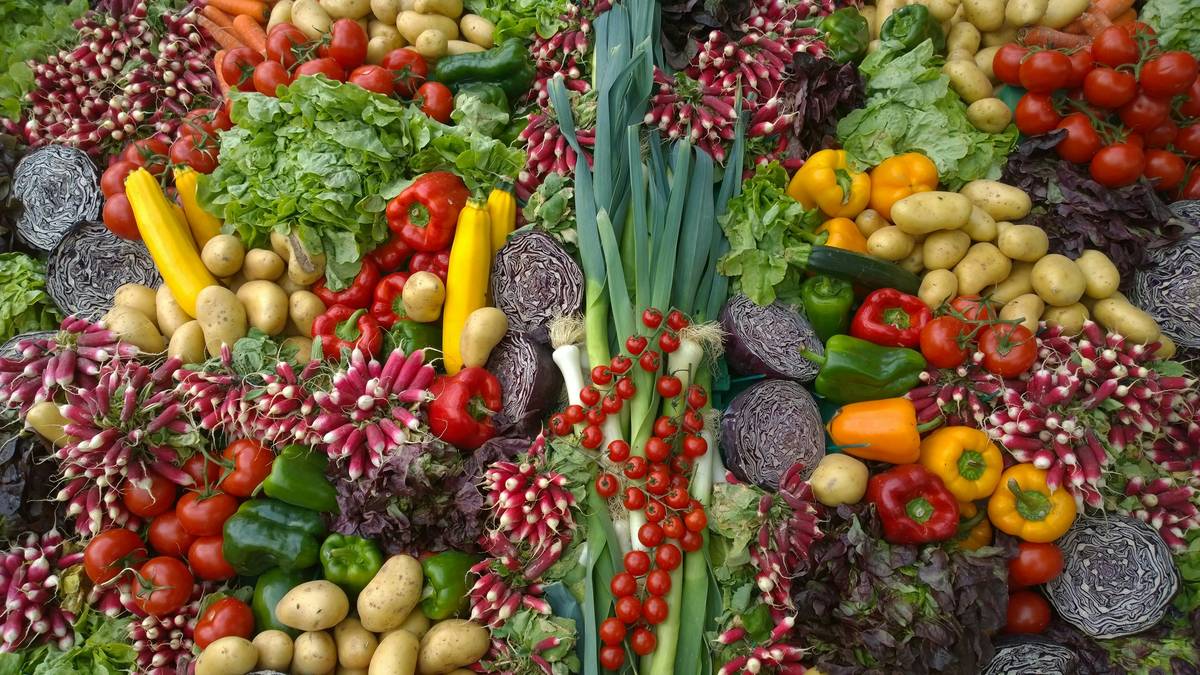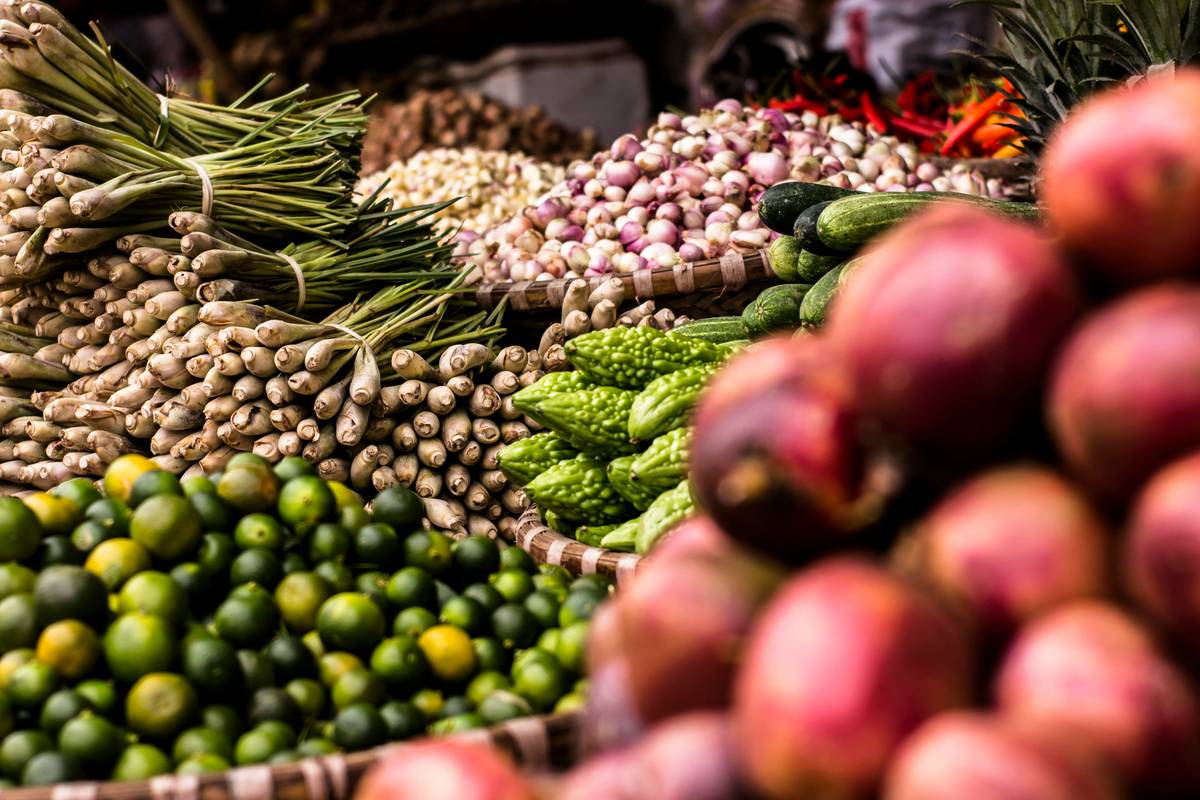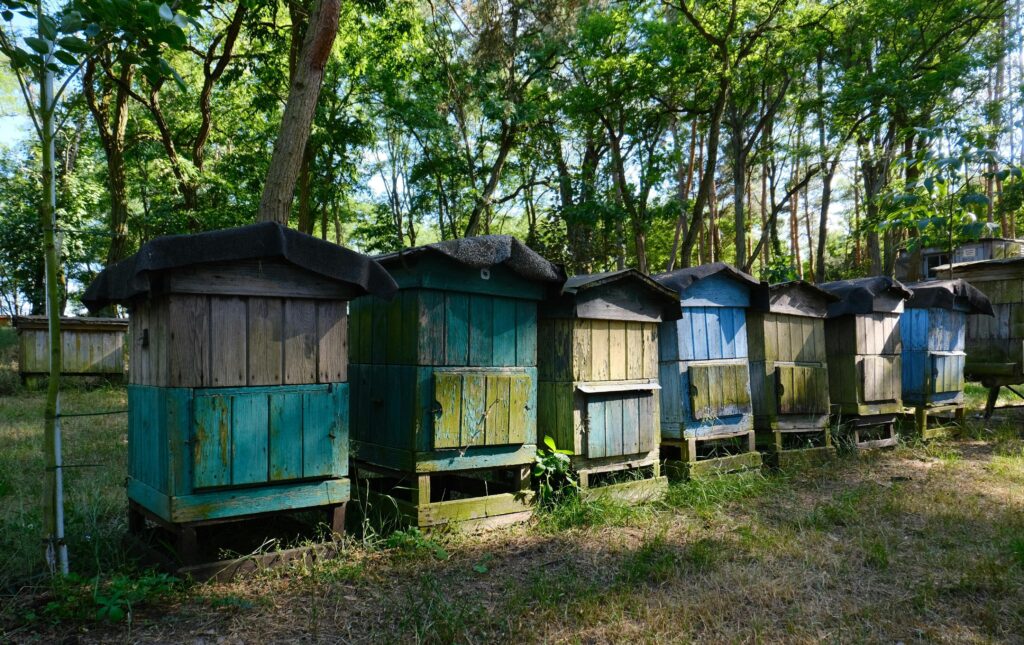Ever wonder why your organic skincare products are so expensive? Spoiler alert: it’s not just the packaging. It starts with how those lush, green ingredients grow.
Welcome to our deep dive into environmentally safe farming, a game-changer for organic vegetables in beauty and skincare. In this post, we’ll explore why sustainable agriculture matters (hint: glowing skin loves clean roots), actionable steps you can take to support ethical brands, and some brutally honest truths about what “organic” really means. Ready to dig in?
You’ll learn:
- The problem with conventional farming practices that harm both skin and soil.
- A step-by-step guide on identifying eco-friendly skincare brands rooted in environmentally safe farming.
- Best practices for incorporating farm-fresh goodness into your routine—without breaking the bank.
Table of Contents
- Key Takeaways
- The Problem with Conventional Farming
- Step-by-Step Guide to Choosing Eco-Friendly Brands
- Tips for Incorporating Organic Vegetables into Your Routine
- Real-Life Examples of Sustainable Beauty Success Stories
- Frequently Asked Questions About Environmentally Safe Farming
- Conclusion
Key Takeaways
- Environmentally safe farming ensures better soil health, which translates to nutrient-rich crops for skincare.
- Not all “organic” labels mean what they claim—you need to vet ingredients closely.
- Supporting farmers practicing eco-conscious methods benefits not only your skin but also global ecosystems.
- DIY face masks made from fresh produce? Chef’s kiss!
Why Traditional Farming Practices Are No Friend to Skin or Soil
Okay, confession time: remember the great kale salad fiasco of 2019? Yeah, the one where I bought pre-washed greens only to find out later they were covered in pesticides? Turns out, many of today’s mass-market veggies—and even their extract-based cousins used in skincare—are swimming in harmful chemicals.
According to data from the Environmental Working Group (EWG), over 70% of non-organic produce tested contained detectable levels of pesticide residues. Ugh. Not exactly #CleanBeauty material, right?

Fig. 1: The Dirty Truth About Pesticides in Produce
Optimist You: “But surely there must be safer options!”
Grumpy You: “Sure… if you’re willing to pay $15 for a head of lettuce.”
How to Identify Eco-Friendly Skincare Brands Rooted in Environmentally Safe Farming
So, how do you sniff out truly green skincare brands amidst the sea of marketing hype? Follow these steps:
Step 1: Check Certifications
Look for third-party certifications like USDA Organic or COSMOS. These ensure the brand adheres to strict standards regarding sourcing and production.
Step 2: Trace Ingredient Origins
Quality brands will disclose exactly where their ingredients come from. For instance, Tata Harper famously sources its botanicals from Vermont farms.
Step 3: Read Reviews and Research
Dive deep into customer feedback and investigative articles. A quick Google search often reveals whether a company walks the talk—or just talks the talk.
Pro Tips for Incorporating Organic Vegetables Into Your Skincare Routine
Ready to DIY? Here’s the scoop:
- Avocado Mask: Mash up an avocado, mix with honey, and let it sit for 15 minutes. Hello, hydration.
- Cucumber Eyes: Thinly sliced cuke slices reduce puffiness while smelling delicious.
- Papaya Scrub: Blend papaya chunks with oatmeal for gentle exfoliation that won’t strip your skin.
Note: Avoid using spoiled food or adding random herbs without proper research. Trust me—I once tried mixing basil oil directly onto my face because Pinterest said so. It burned. Badly.
Real-Life Success Stories: Farms That Nourish Your Skin and Soul
Take Kora Organics, Miranda Kerr’s line of natural skincare. They partner exclusively with biodynamic farms prioritizing regenerative agriculture techniques—leading to happier plants and healthier skin.

Fig. 2: Biodynamic farming in action at a supplier’s site for Kora Organics
FAQs About Environmentally Safe Farming
What makes farming ‘environmentally safe’?
Environmentally safe farming avoids synthetic fertilizers and pesticides, focuses on biodiversity, and promotes soil regeneration through crop rotation and composting.
Is organic farming always better for skincare?
Nope. Some organic farms still rely on unsustainable practices. Always check certifications and trace ingredient journeys back to the source.
Can homegrown produce work wonders too?
Absolutely! Just ensure cleanliness during preparation. And maybe skip trying hot peppers as a face mask… ask me how I know.
Wrap-Up: Why Environmentally Safe Farming Deserves Your Support
In conclusion, when we choose brands committed to environmentally safe farming, we’re investing in more than skincare—we’re supporting ethical practices that benefit humans and nature alike. So next time you slather on that creamy cucumber moisturizer, think about the hardworking hands and healthy soils behind it.
And now, because life needs balance between serious advice and random joy:
Green beans glow bright, Cucumbers chill tired eyes tight, Nature heals alright.
Like a Tamagotchi, your skincare deserves daily love. Cheers to greener choices!


